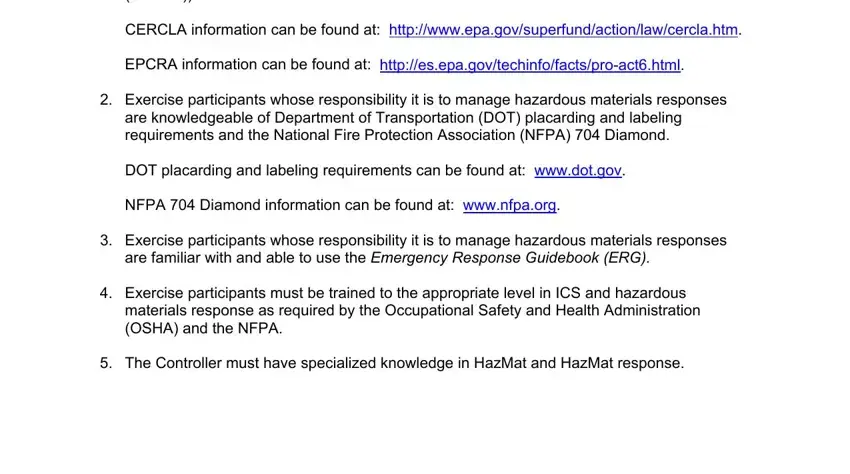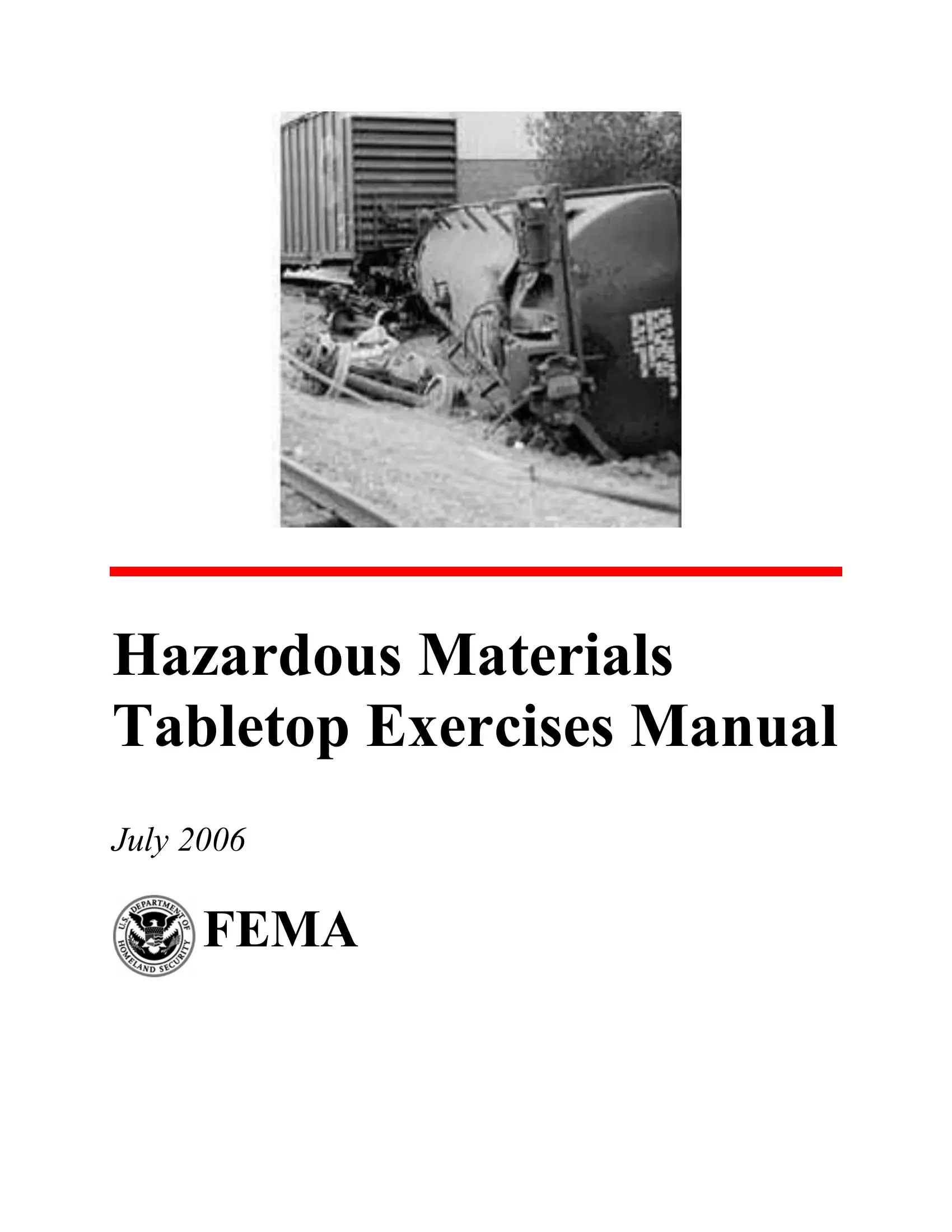Working with PDF documents online is actually very easy with this PDF tool. Anyone can fill out hazmat tabletop exercise scenarios here painlessly. To make our tool better and easier to use, we constantly implement new features, with our users' feedback in mind. By taking a couple of basic steps, you can start your PDF editing:
Step 1: Click on the "Get Form" button above. It is going to open our pdf tool so you can begin filling in your form.
Step 2: After you access the editor, you will get the document all set to be filled out. Besides filling out various blanks, you can also do various other actions with the form, specifically putting on custom textual content, editing the initial textual content, inserting graphics, affixing your signature to the form, and more.
When it comes to fields of this precise form, here's what you need to know:
1. While submitting the hazmat tabletop exercise scenarios, make certain to include all of the needed blank fields in the corresponding area. It will help expedite the process, making it possible for your information to be handled fast and correctly.

2. Right after this section is filled out, proceed to type in the suitable details in these: with the ICS and the requirements, and ICS courses.

Be extremely attentive when filling in with the ICS and the requirements and with the ICS and the requirements, since this is the section where many people make some mistakes.
Step 3: Make sure the information is correct and then click "Done" to complete the process. Sign up with FormsPal now and easily get access to hazmat tabletop exercise scenarios, prepared for download. All alterations you make are kept , meaning you can edit the pdf further as required. We do not share the details that you use when working with forms at our site.


